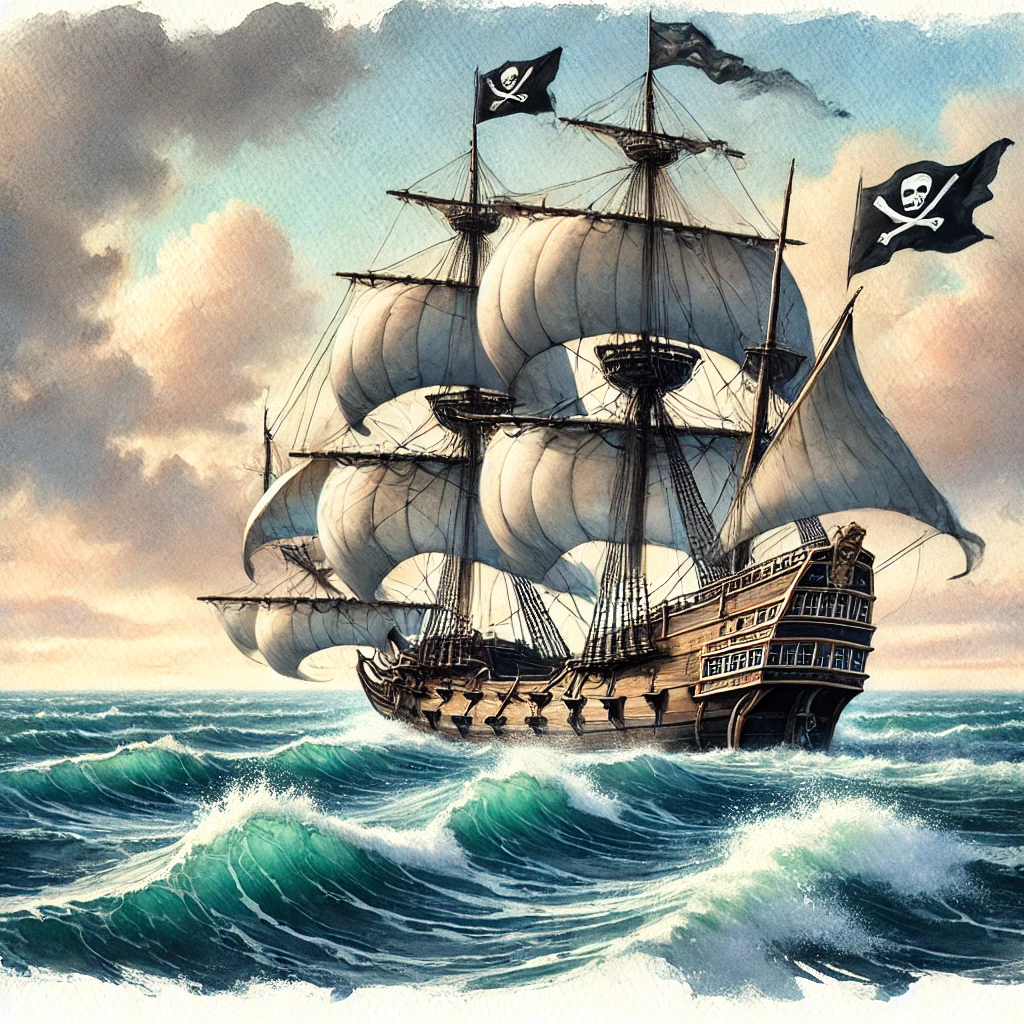In sailing, when the wind isn’t in your favor, you don’t fight against it head-on. Instead, you tack—making controlled, zigzagging movements that allow you to advance against the wind. This concept is a perfect metaphor for business leadership, where leaders must navigate between competitive pressures (Red Ocean Strategy) and innovative opportunities (Blue Ocean Strategy). The most successful companies don’t commit entirely to one or the other; they tack between both, adjusting their course while maintaining forward momentum.
The Problem with an All-or-Nothing Approach
The business world is obsessed with the Blue Ocean vs. Red Ocean framework, which suggests that companies should either compete in an existing market (Red Ocean) or create entirely new market space (Blue Ocean). While this framework is valuable, the reality is that businesses rarely succeed by fully committing to just one.
- Too much Red Ocean thinking leads to stagnation, where businesses get stuck in price wars, incremental improvements, and shrinking profit margins.
- Too much Blue Ocean thinking can lead to market isolation, where businesses innovate in ways the market isn’t ready for or cannot sustain.
Rather than making an extreme commitment, smart businesses use tacking as a strategy, alternating between competition-driven moves and innovative shifts to stay relevant and profitable.
Tacking in Action: Tesla & Apple
Tesla: Entering a Competitive Market Before Creating a Blue Ocean
When Elon Musk took over Tesla, the company didn’t attempt to create an entirely new market—instead, it strategically entered the well-established automotive industry (Red Ocean) while gradually tacking toward innovation (Blue Ocean).
- Red Ocean Tack: Tesla initially positioned itself as a luxury car company, competing with premium brands like BMW and Mercedes. The high price point and exclusivity allowed it to build credibility in a market that already existed.
- Blue Ocean Tack: Once it proved its value, Tesla pivoted toward mass-market accessibility with the Model 3, leading the shift toward an electric vehicle (EV) revolution. This move expanded the market and created new demand.
Had Tesla immediately launched as a mass-market EV brand, it likely would have struggled with demand, infrastructure, and consumer readiness. By tacking between competition and innovation, it built its brand, optimized its supply chain, and gradually shifted consumer behavior.
Apple: Not Inventing, But Refining
Apple’s success didn’t come from creating entirely new markets; rather, it entered existing spaces and redefined the experience.
- Red Ocean Tack: Apple didn’t invent the smartphone—the market already had BlackBerry, Nokia, and Palm. Instead, it refined the product with the iPhone, introducing a touchscreen interface and an app ecosystem that competitors lacked.
- Blue Ocean Tack: Over time, Apple expanded its ecosystem, making iOS a walled garden of seamless integration between devices, services (Apple Music, iCloud), and exclusivity (App Store policies). This created a consumer loyalty model that extended far beyond traditional competition.
Had Apple jumped too early into uncharted tech (like AR/VR or wearables) without first establishing dominance in personal computing and mobile tech, it wouldn’t have the ecosystem advantage it holds today.
Why Business Leaders Should Embrace Tacking
- It Reduces Risk – Instead of making extreme, high-risk moves, tacking allows businesses to test and iterate.
- It Keeps Momentum – A company that only innovates risks being ahead of its time, while one that only competes gets lost in the noise. Tacking balances both.
- It Aligns with Market Readiness – Businesses can adjust based on consumer behavior, scaling innovation only when demand supports it.
Final Thoughts: Learn to Read the Wind
In business, as in sailing, you can’t force the wind to change, but you can adjust your course. The companies that survive and thrive aren’t those that blindly commit to one approach but those that understand when to compete, when to innovate, and when to pivot. The key is to remain flexible, recognize shifts in the market, and keep moving forward—even if the path isn’t a straight line.
Just as seasoned sailors tack to reach their destination, great business leaders navigate between competition and innovation, adjusting course as needed.
